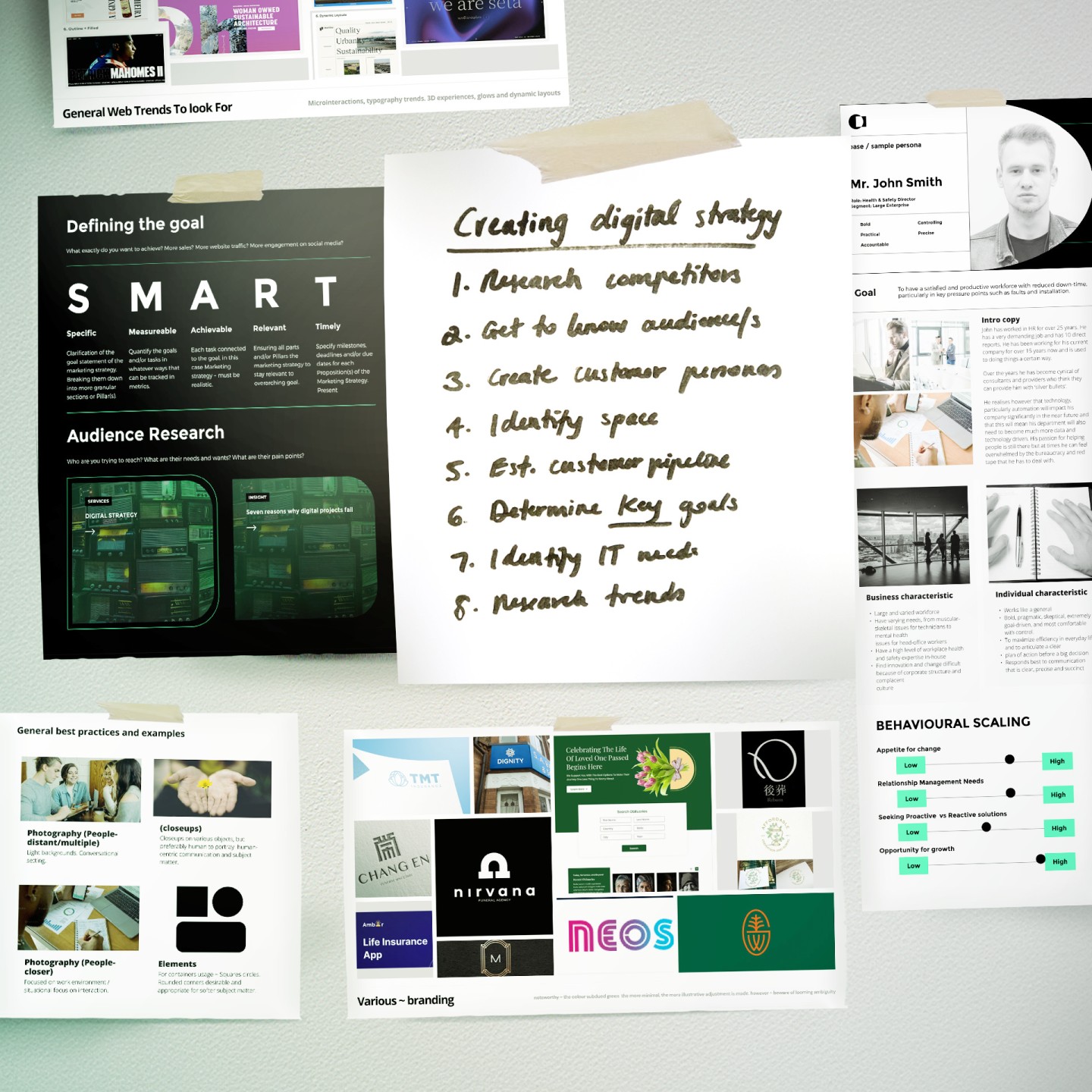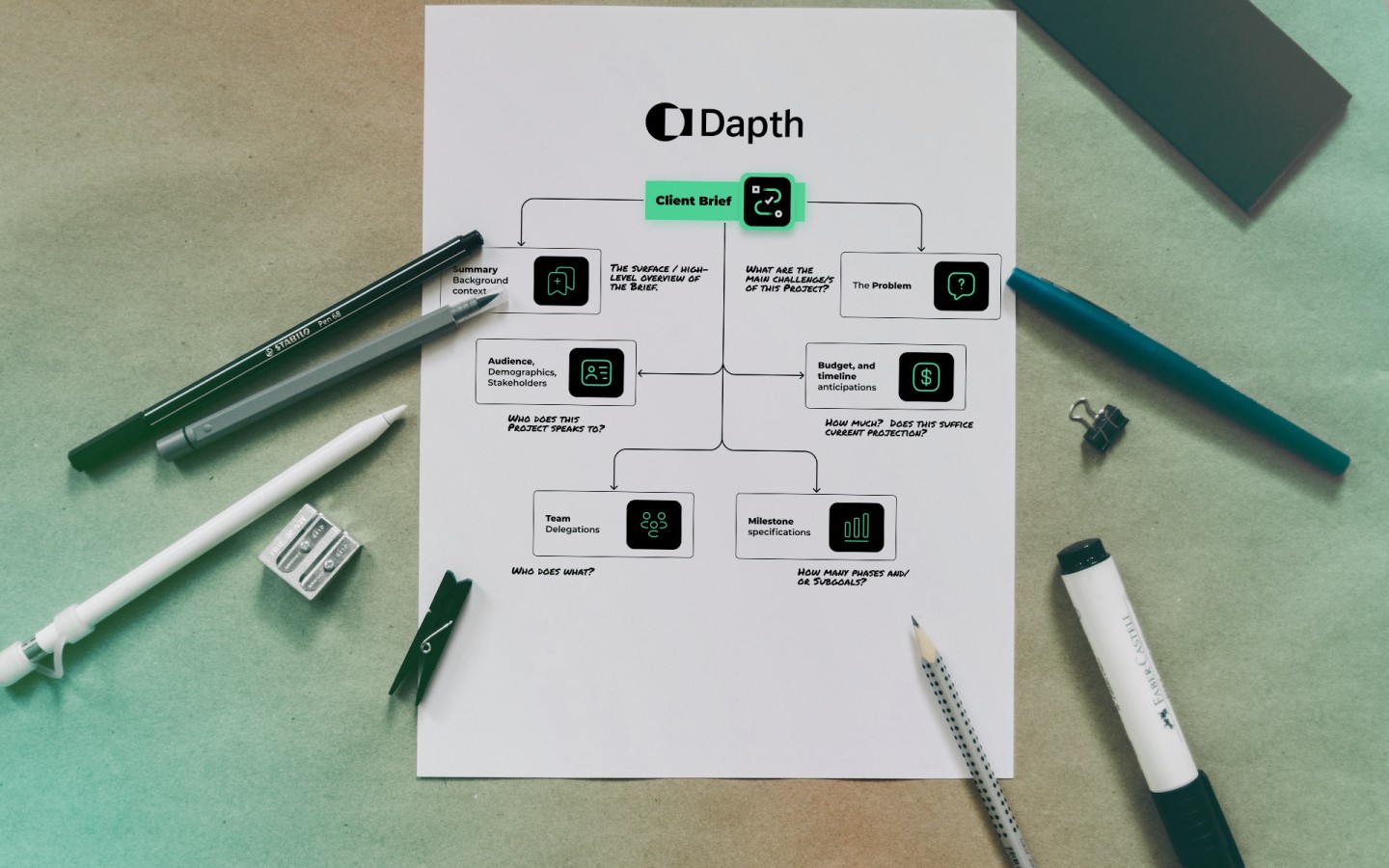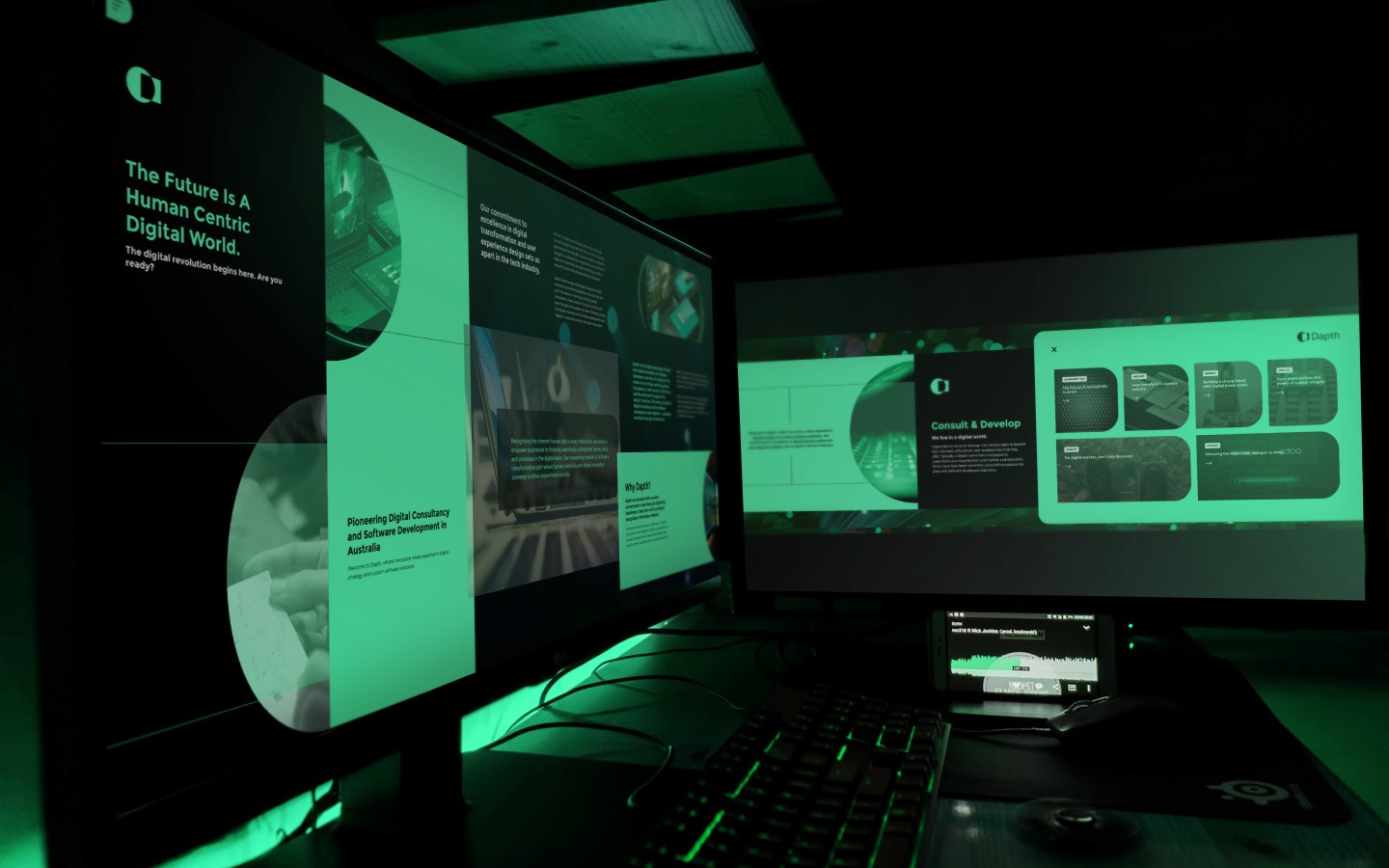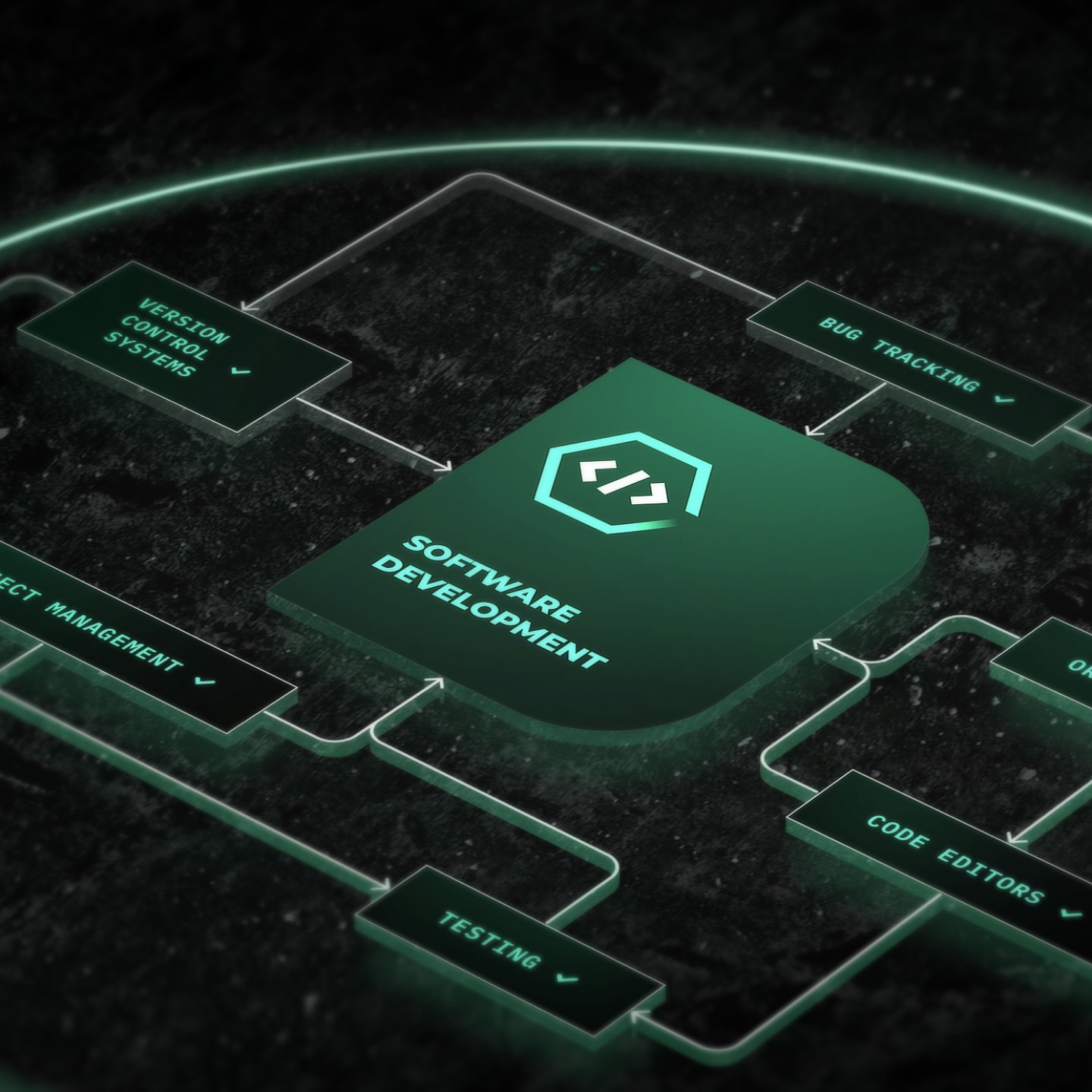
Defining Industry 4.0
Industry 4.0, also known as The Fourth Industrial Revolution or 4IR (for short), signifies a profound shift. Characterised by the convergence of advanced technologies such as artificial intelligence, robotics, the Internet of Things (IoT) and biotechnology, it has transformed the way industry and society operate. The Fourth Industrial Revolution has built on previous industrial revolutions, taking advantage of the technological advancements made during those times.
Its integration of various technologies erases physical, digital, and biological boundaries. This fusion enables the invention of cutting-edge products and services that were once beyond our reach and has transformed the manufacturing and delivery of goods and services -ultimately paving the way for a more efficient and sustainable future.
COVID-19 accelerated the 4IR transition as physical distancing and shifting consumer demands forced companies to embrace digitisation and further contactless opportunities.
Characterised by integrating cyber-physical systems, the Internet of Things, and cloud computing, these technologies transform how we manufacture goods, manage supply chains, and interact with customers. Industry 4.0 reflects the advanced technology characterising the Revolution, driving innovation and growth in many industries.
To fully grasp the implications and underpinnings of the Fourth Industrial Revolution, it's imperative to explore its digital cornerstone - the digital revolution.
The Fourth Industrial Revolution is the integration of both automation and digital technologies into various aspects of industry and manufacturing. It is driven by disruptive trends such as the rise of connectivity, data, analytics and more. Building upon the foundations of the first three industrial revolutions, the Fourth is set to transform society in unprecedented ways.
In terms of the core industry 4.0 technologies underpinning this revolution, they are:
Connectivity, data, and computational power: key elements of modern technology. These include cloud computing, the Internet, blockchain technology, and sensors.
Intelligence and analytics: advanced analytics, machine learning, artificial intelligence
Human-machine interaction: virtual reality (VR) and augmented reality (AR), robotics and automation, autonomous guided vehicles
Advanced engineering: additive manufacturing (such as 3-D printing), renewable energy, nanoparticl
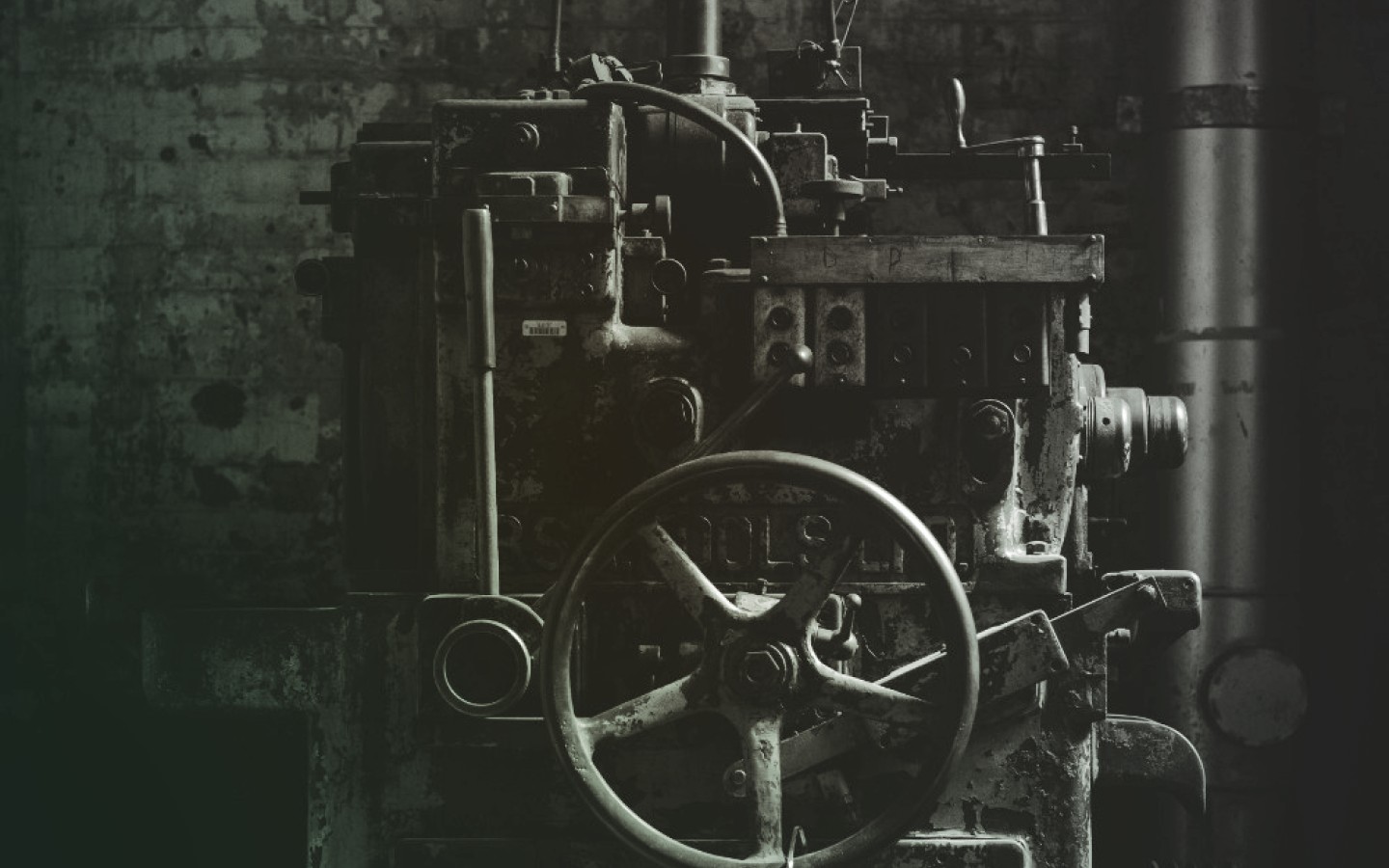
Brief History of The Industrial Revolutions
What is an industrial revolution? An industrial revolution is a highly significant, transformative period of socioeconomic and technological change characterised by the introduction of new manufacturing processes, machinery, and innovations that profoundly impact various aspects of society, economy, and culture.
Industrial revolutions refer to rapid advancements in production methods, transportation, communication, and living standards. Each industrial revolution has significantly impacted economies, employment patterns, social structures, and daily life. These changes have helped shape the modern world and drive innovation and progress.
First Industrial Revolution
The invention of the steam engine in the 18th century facilitated the mechanisation of production and paved the way for the First Industrial Revolution.
Second Industrial Revolution
The Second Industrial Revolution, which began with the introduction of electricity and other scientific advancements, led to mass production.
Third Industrial Revolution
The Third Industrial Revolution, which began in the 1950s, ushered in the era of computers and digital technology. This led to increased automation in manufacturing and disrupted various industries - such as banking, energy, and communications.
Fourth Industrial Revolution
The Fourth Industrial Revolution can potentially improve the global standard of living and raise income levels worldwide. Technological advancements bring supply-side miracles, which can bring long-term benefits in terms of efficiency and productivity. Over time, lower transportation and communication costs, more effective global supply chains and logistics, reduced trade costs, and the opening of new markets will drive economic growth.
The Fourth Industrial Revolution will reshape the future of work, and businesses must prepare their workforce for the future of the new world. Humans must be proactive in shaping technology and disruption, requiring global cooperation.
Fifth Industrial Revolution
Although yet to arrive, much has been talked about the Fifth Industrial Revolution. 5IR or Industry 5.0 fosters harmonious collaborations between humans and machines, emphasising the well-being of various stakeholders, including society, companies, the environment, and employees.

Critical Industry 4.0 Elements
Industry 4.0 aims to achieve a highly automated, interconnected manufacturing system.
The integration of technologies and innovations is vital in achieving this goal. Two of the most critical technologies in Industry 4.0 are the Internet of Things (IoT) and Artificial Intelligence (AI). IoT allows devices and machines to communicate with each other and humans, whilst AI allows machines to learn from data and make decisions based on that knowledge.
Smart manufacturing is another vital aspect of Industry 4.0, which involves using advanced technologies to optimise manufacturing processes, reduce costs, increase efficiency, and improve quality. With these technologies and innovations, technology plays a crucial role in transforming the manufacturing sector.
The Fourth Industrial Revolution in Context
The Fourth Industrial Revolution, or Industry 4.0, has significantly changed various industries and has many broader implications. One of the most critical impacts of Industry 4.0 is on the world of work, which is profoundly affected by the introduction of new technologies. These technologies have created many new job categories and made traditional roles obsolete, particularly those that are repetitive or require low-level skills.
The adoption of Industry 4.0 has also significantly improved the efficiency of industrial operations. Processes and supply chains have been streamlined, and automation, mainly powered by Artificial Intelligence (AI), has made production faster, more efficient, and cheaper.
On the other hand, Industry 4.0 has also created entirely new categories of jobs, such as data analysts, machine learning engineers, and cybersecurity experts. The demand for these jobs is expected to rise in the coming years. It is predicted that computers and automation will work together in an entirely new way. Robotics will be connected to computer systems equipped with machine-learning algorithms that can learn and control robotics with little input from human operators.
This integration has created the concept of the 'smart factory,' in which cyber-physical systems monitor physical processes and make decentralised decisions. Industry 4.0 has significant implications for various sectors regarding increased efficiency, automation, and job opportunities.
While it may lead to the disappearance of some traditional jobs, new categories of jobs will emerge, and there is potential for significant growth and development in the coming years.
Industry Synonyms and 4IR
Numerous words, such as manufacturing, production, and commerce, can be used interchangeably with industry. The term "4IR" is an acronym for the Fourth Industrial Revolution, a significant shift in how we produce and consume goods and services.




The Takeaway
Industry 4.0 is a term for the integration of advanced technologies such as the Internet of Things (IoT), Artificial Intelligence (AI), and big data analytics into industrial processes. This integration leads to increased efficiency, productivity, and cost savings.
Intelligent technologies enable real-time monitoring, data analysis, and predictive maintenance, among other things. The Fourth Industrial Revolution is a significant shift in the way industries operate, and it offers many opportunities for businesses to stay competitive and succeed in today's fast-paced digital world.
As we navigate this era of unprecedented digital growth, adopting a digital transformation strategy becomes increasingly essential.
Our comprehensive services, from digital transformation consulting to software development, can assist you in leveraging technology to adapt and excel in today’s fast-paced environment. Our methodology focuses on improving business processes and activating teams efficiently, underscoring the actionable steps required for a successful digital transformation.
Discover more about how the team at Dapth can support your journey and help you harness the full potential of digital by contacting us today.


Frequently Asked Questions
Industry 4.0, also known as the Fourth Industrial Revolution, involves integrating automation and digital technologies into various aspects of industry and manufacturing. It encompasses advanced technologies like artificial intelligence (AI), robotics, the Internet of Things (IoT), and big data analytics. This integration increases efficiency, productivity, and innovation in industrial processes.
AI is not the sole representative of the 4th industrial revolution; it is a critical component of Industry 4.0 technologies. Industry 4.0 encompasses a wide range of innovations, including AI, robotics, IoT, and big data analytics, that collectively drive the transformation of industries and manufacturing processes.
The concept of the 5th Industrial Revolution, or Industry 5.0, is still in its early stages and is speculative. However, it is envisioned as a continuation of the digital transformation and integration of technologies, focusing on harmonious collaboration between humans and machines and emphasising the well-being of various stakeholders such as society, companies, the environment, and employees.





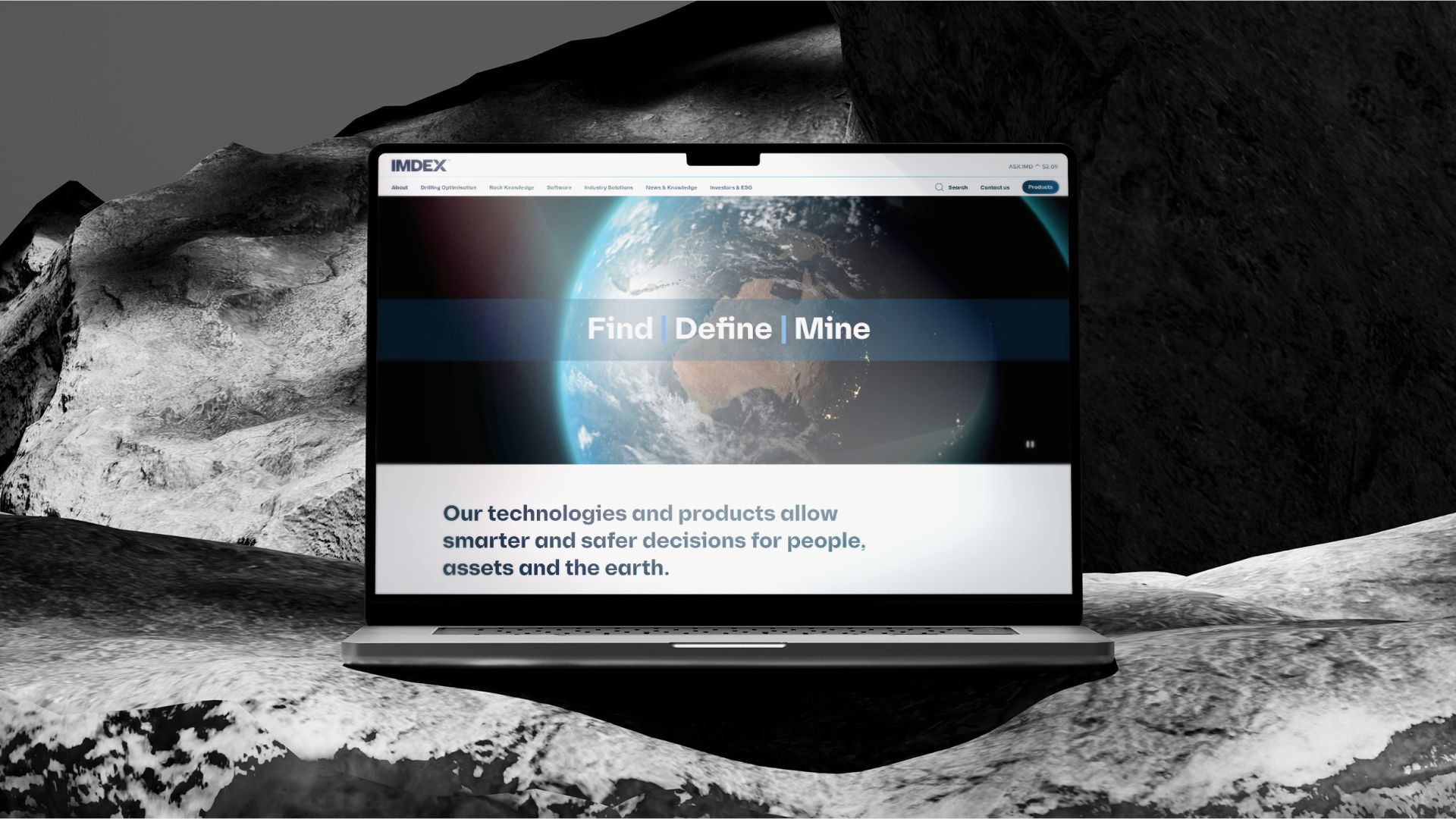
_web.webp)
















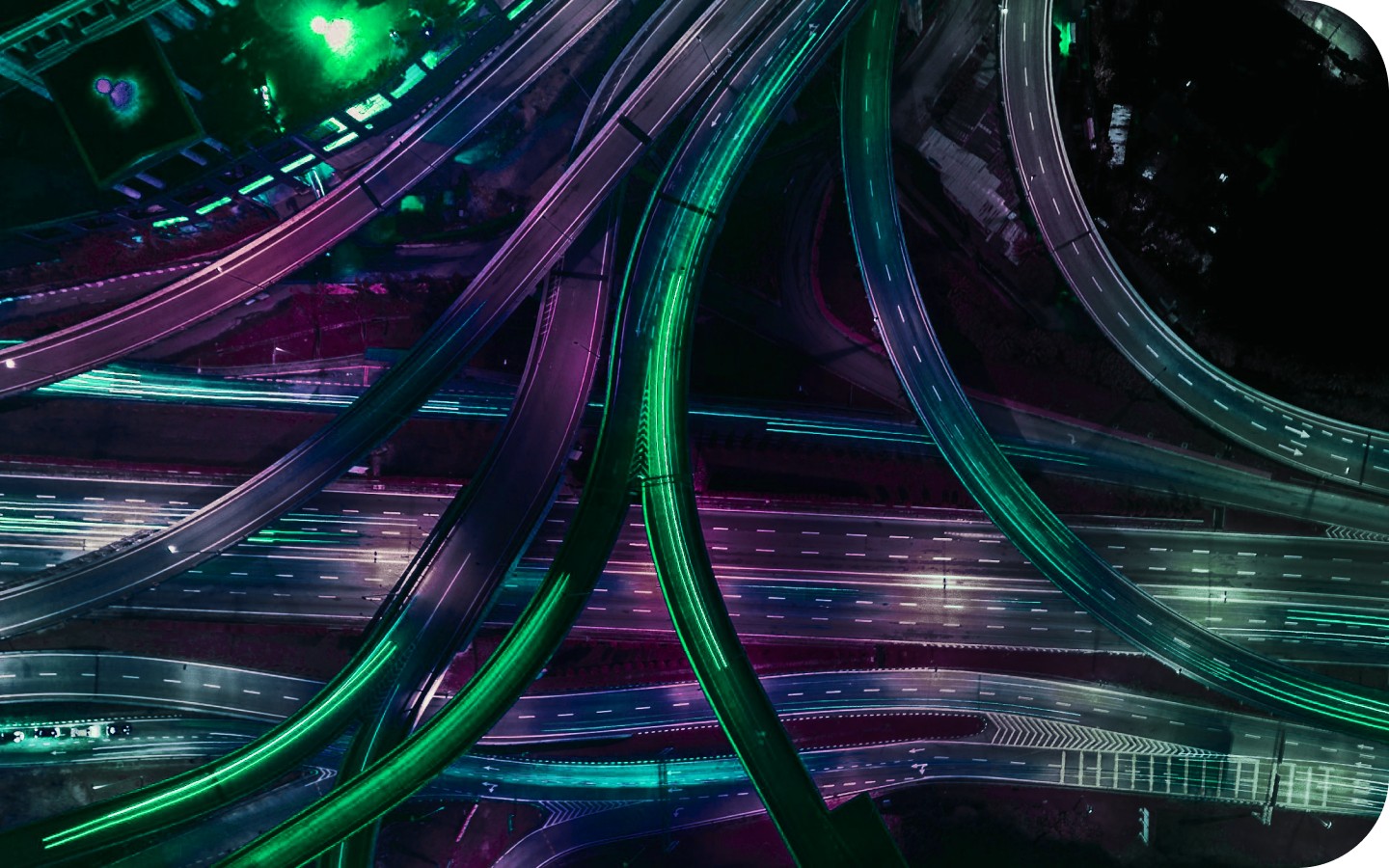









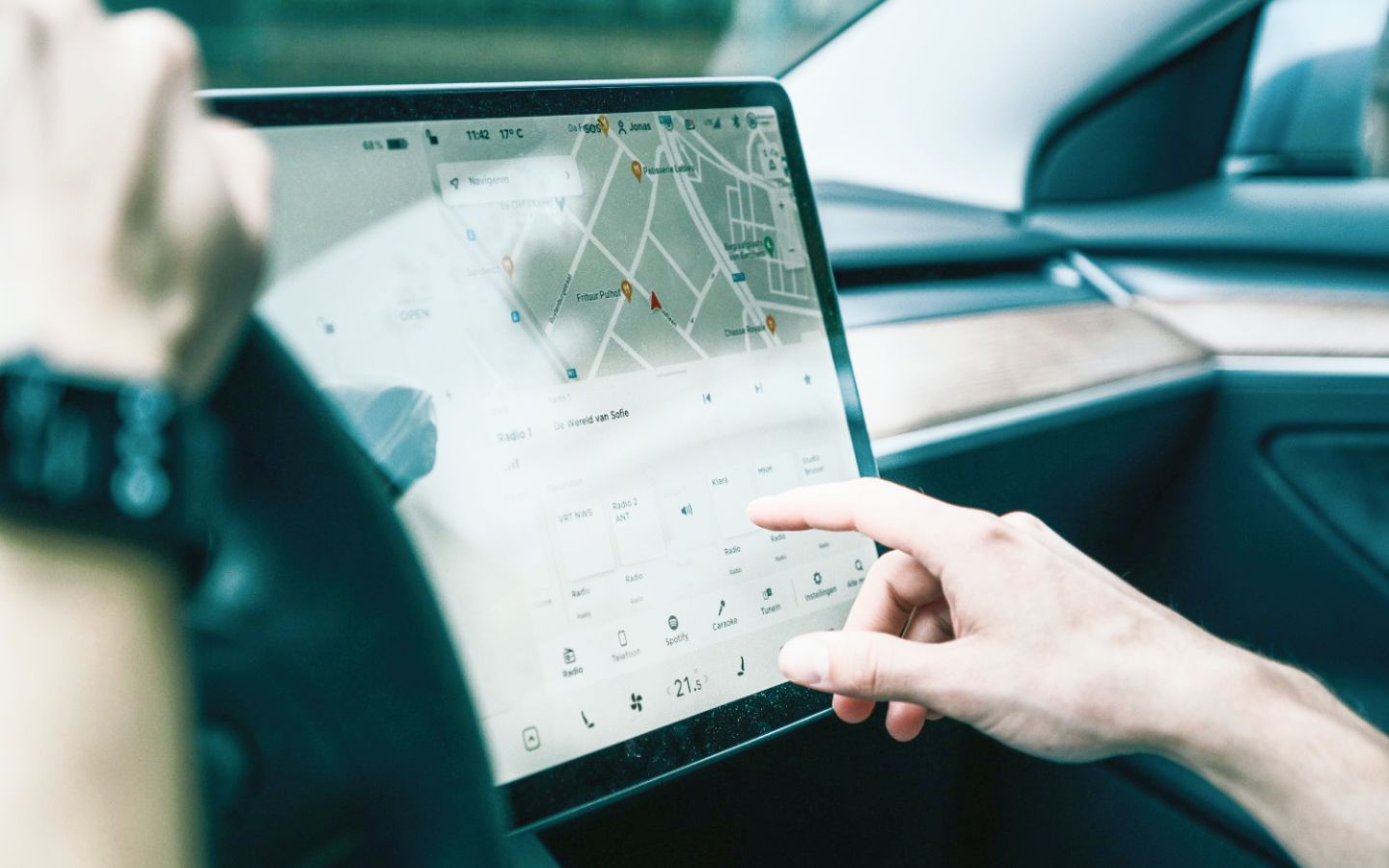

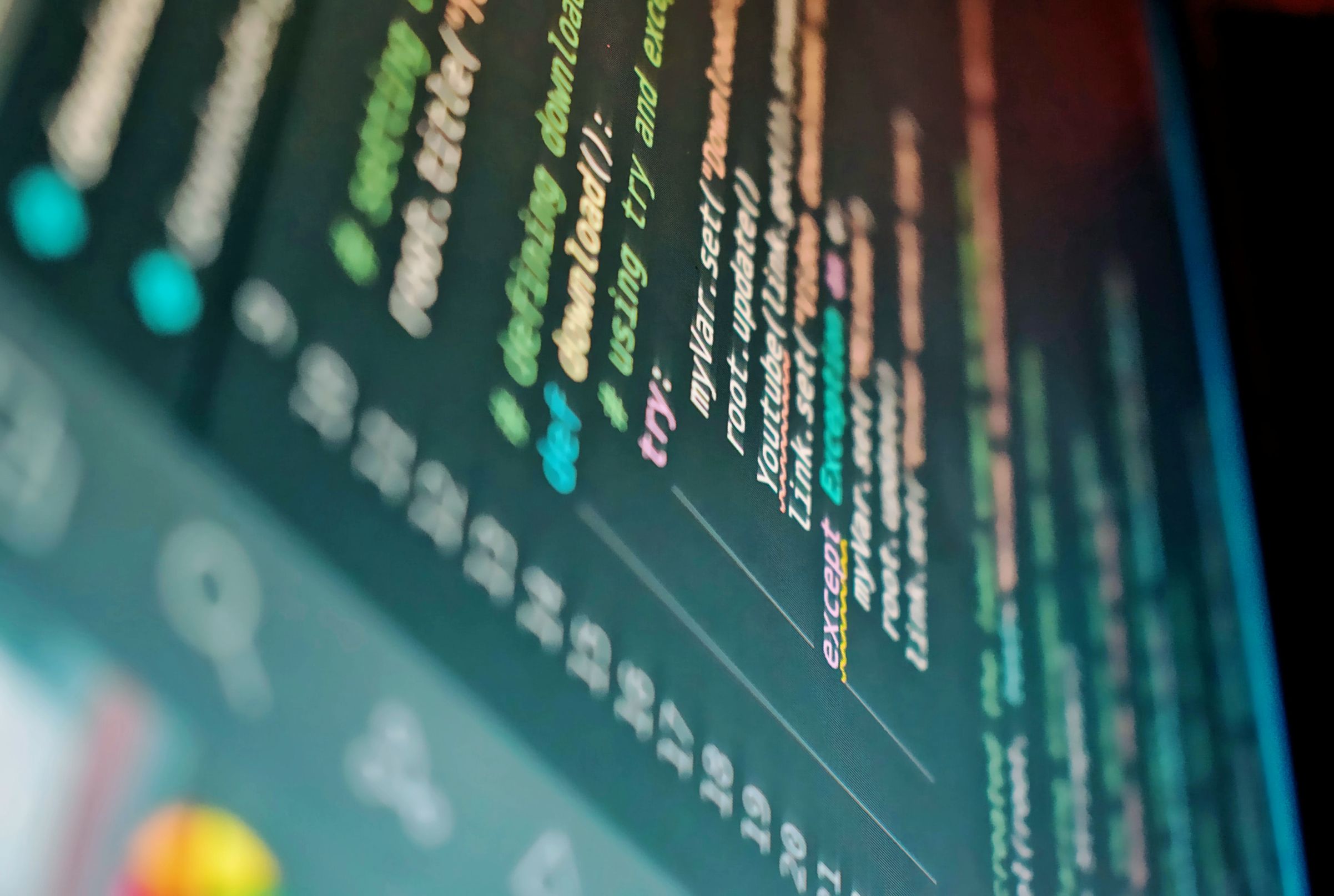



_web.webp)
_web.webp)
_web.webp)

_web.webp)


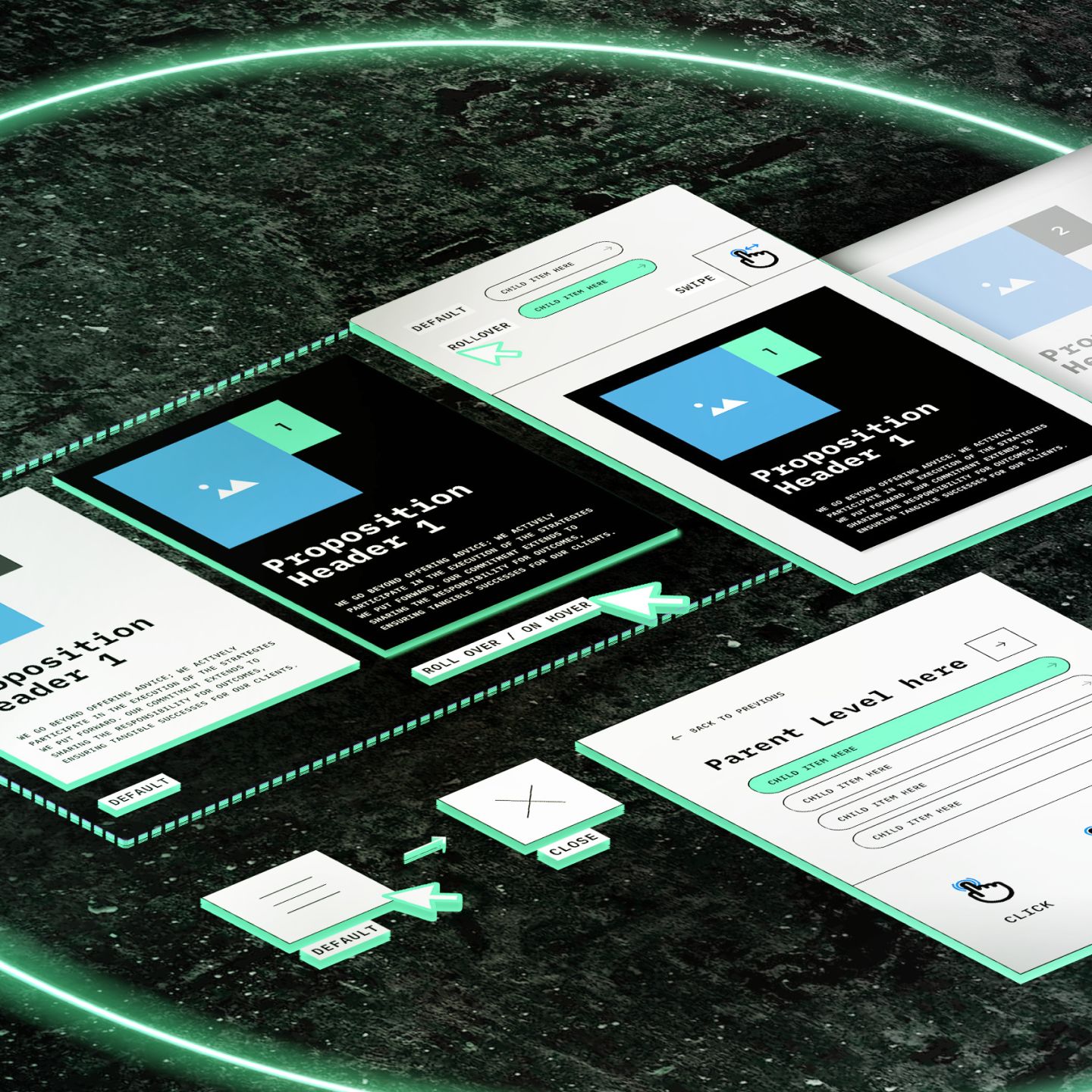
_web.webp)














